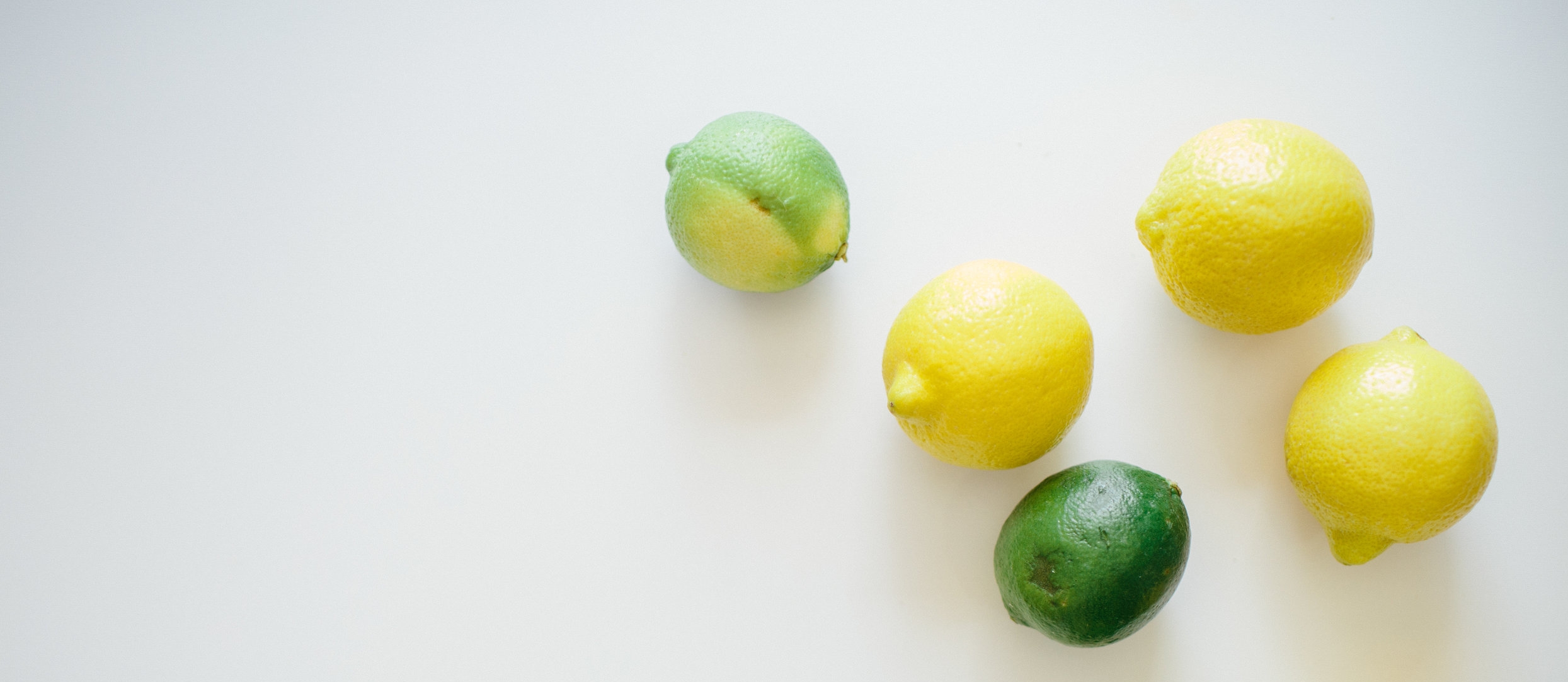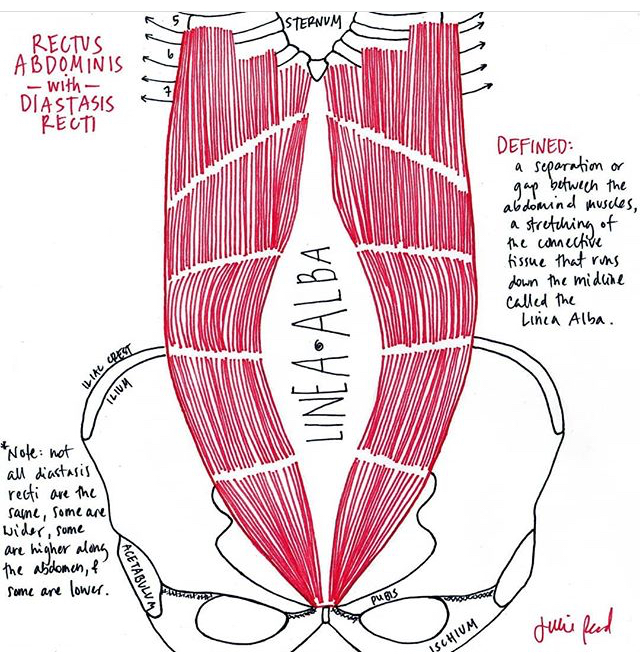
THE BARBELL BLOG
A solid resource squeezing out the facts
Diastasis Recti. The Good, the Bad and the Not So Ugly.
Read more about Diastasis Recti. What is it? How to check for it? What to do about it?
Diastasis Rectus Abdominus
What is it?
We have muscles down the middle of our abdomen, called the Rectus Abdominus Muscles. (or sometimes referred to as the 6 pack muscles). In between those muscles, we have connective tissue called Linea Alba. This tissue runs down the middle from your sternum to your pelvis. It stretches when we are pregnant and allows our abdominal wall to grow with our baby. The gap in between the muscles is referred to as Diastasis Rectus Abdominus.
THIS. IS. AMAZING.
Our bodies change and MAKE ROOM for the tiny human we are growing inside of us.
INCREDIBLE.
No need to fear it because during pregnancy it is TOTALLY NORMAL.
NORMAL.
You didn't do anything wrong.
Your body is adapting to fit your baby.
EXTRAORDINARY.
MOST pregnant women will have Diastasis Recti in the last month of pregnancy (and most likely before that)
Julie Read shows us Rectus Abdominus (above) and Rectus Abdominus with Diastasis Recti (below). You can see more of Julie Read's work here.
The majority of bodies will heal on their own postpartum, but some may need some extra help. A Diastasis Recti is when you have a gap of 2 fingers or more in between the rectus abdominus muscles. However, the distance of the gap is not necessarily the issue. What you need to be more concerned with is the tension of the linea alba - the connective tissue. It's important to have strong tension in this tissue. This will give you better core function.
Sometimes the gap may never close, but if the tension is strong, that's OK.
How can you check?
There are 3 places to check. Above the belly button, at the belly button and below the belly button.
Lie on your back with your knees bent and your feet flat on the floor. Relax your head and shoulders and place your fingers, with your palm facing towards you, at the belly button.
Lift your head and neck just off the floor (not a crunch), exhale, and press with your fingertips. You may feel the two sides of the rectus abdomens come together to hug your fingertips. The gap that you may feel is the Diastasis Recti.
Now check above the belly button and then below the belly button. (approximately 3 fingers above and below.)
Now feel the tension. You shouldn't be able to sink your hand deep into the abdomen. The goal is to have strong tension in the linea-alba, similar to what a stiff trampoline feels like.
What can you do about it?
- First of all, sleep and rest! If you are a new mom, you NEED sleep and rest. Your body needs time to heal. And sleep and rest are a big part of that healing process.
- See a Pelvic Floor Physio therapist. She can check to see if there is Diastasis Recti and also check you for other pelvic floor dysfunctions.
- Check your alignment. Get your ribs over your hips. You don't have to be in perfect alignment all the time. But it's something to keep in check because when you're not in correct alignment the intra abdominal pressure will affect the Diastasis Recti.
- Breathe. If you find yourself holding your breath when you are exercising or lifting your baby, or when you are doing any activity... BREATHE! Learn more about the core-connection breath here. And stop holding your breath!
Good alignment and breathing will help you control the intra abdominal pressure. Now, if you get all of these in line, and you can perform some simple base exercises with correct strategy, then it's time for a challenge.
If you can't breathe properly, or if you have doming or bulging you need to change it up. But if you can manage the tension and the intra-abdominal pressure with the breathing, then you can add resistance and change things up.
Until then, you may need to stay away from crunches, planks, situps and the 'traditional' core exercises.
And if you see an advertisement saying DO THIS ONE EXERCISE TO HEAL YOUR DIASTASIS AND GET RID OF YOUR MUMMY TUMMY, please ignore it, delete it (hell, even report it!) and move along.
There is no such thing as ONE EXERCISE that will heal EVERYONE'S Diastasis.
Nope.
Not possible.
Cause every body is a different body.



